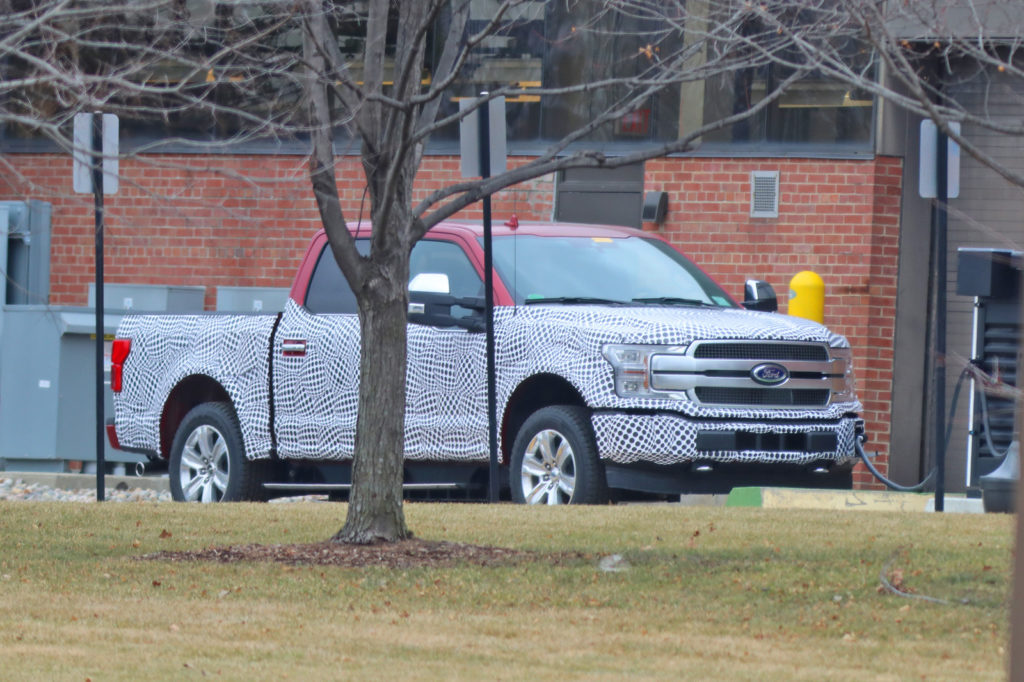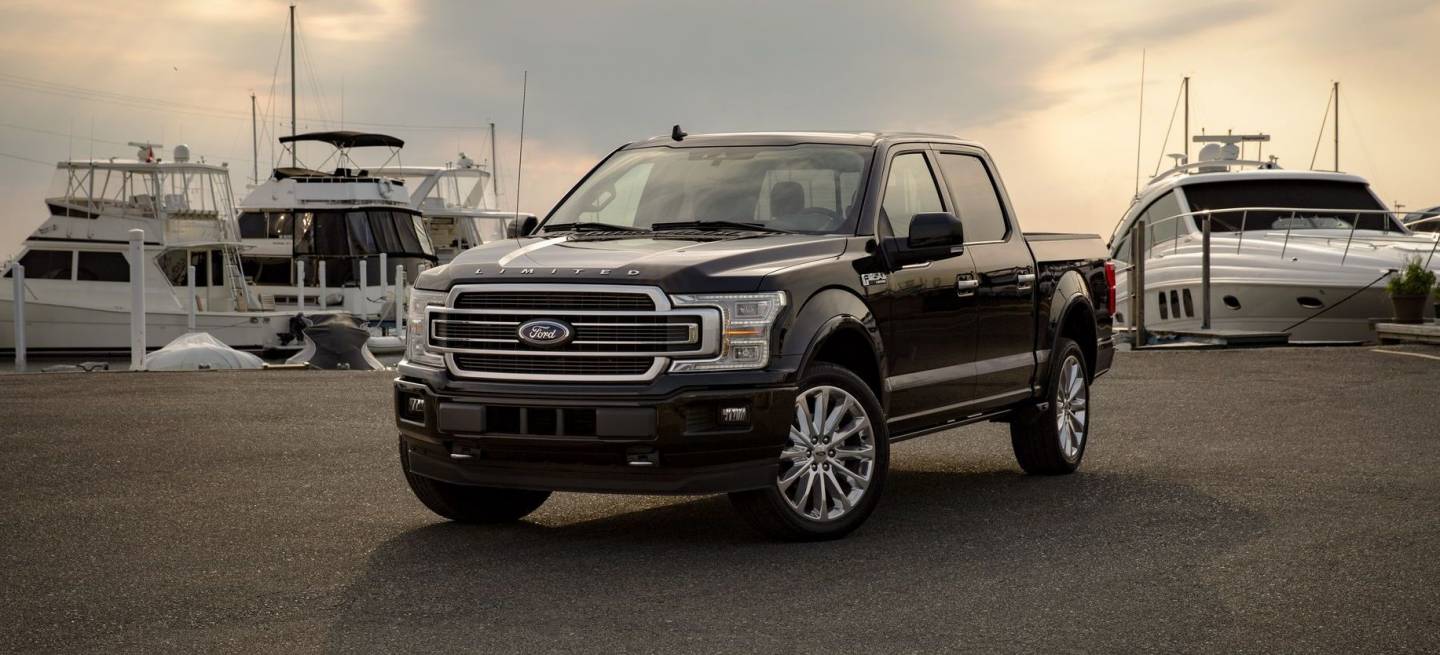After the success of the Tesla Cybertruck and Rivian R1T, which although not yet for sale have already accumulated tens of thousands of orders each, all eyes are on the large Detroit manufacturers: the pick-up sector is one of the most important in the United States, and both Ford and General Motors will have to respond quickly to the rapid electrification of the category if they are not to lose their hitherto unbreakable dominance.
While General Motors prepares an offensive of three models (the GMC Hummer EV and two electric variants of the Chevrolet Silverado and GMC Sierra), Ford will play it all on a single card: an electronic version of the mythical F-150, the vehicle best-selling in the United States for 38 years (to which we should add 43 years leading the pick-up segment).
Although the F-150 will receive a plug-in hybrid version in the short term, the 100% electric variant will have to wait until 2022. Until now, not much information about the model was known, because although several prototypes have been rolled so far and even some patents have been leaked regarding their batteries and their frame of side members and crossbars, Ford has not released a garment about their technical characteristics.
However, this has just changed: according to the Korean press, SK Innovation has reached an agreement with Ford to supply the world’s first 90% nickel-based NCM (nickel-cobalt-manganese) batteries. These batteries will be released by the electric F-150, a declaration of intent by the oval company.

Although until now the most advanced NCM cells were of type 811, these will be 9½½. In other words, they will contain 90% nickel, 5% cobalt, and 5% manganese. Thanks to the lower use of cobalt, the cells’ price will be lowered, while the higher percentage of nickel will allow a better energy density.
Thanks to this technology, SK Innovation estimates that the electric Ford F-150 should have around 434 miles of autonomy (we understand that under the American EPA homologation cycle), which would place it somewhere between the Rivian R1T of 180 kWh (397 miles EPA) and the Tesla Cybertruck Tri-Motor (500 miles EPA). Also, it is expected that thanks to these batteries, the model can also charge faster than with the current generation of cells.

